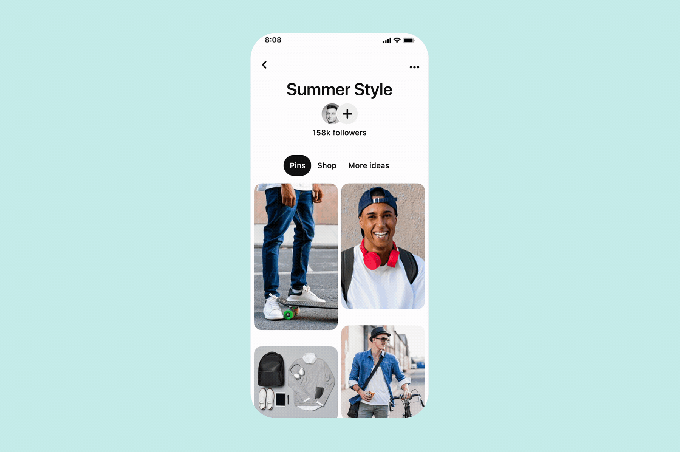Early this afternoon Shippo, a shipping software and services company, announced that it has closed a $30 million Series C. The funding round roughly doubles the capital that the firm has raised to-date, from a little over $29 million to just under $60 million.
The round, however, wasn’t put together recently. As is often the case with funding events, Shippo raised its capital a while back and is only announcing it now. According to its CEO, Laura Behrens Wu, her startup started raising its Series C in late Q4 2019, with the capital hitting its accounts the day after Christmas. So, Shippo started 2020 well capitalized, and should have a comfortable capital base heading into this year’s economic uncertainty.
The funding round was led by a new investor, D1 Capital Partners, and participated in by a number of prior investors including Uncork Capital (which led a 2014 Seed investment into the company), Union Square Ventures (which led the company’s Series A in 2016) and Bessemer (which led its 2017 Series B).
Growth, margins
Shippo sits between retailers and consumers, helping sellers ship goods to buyers quickly and, it promises, inexpensively. The startup works with nearly five dozen shipping partners around the world, and plugs into the merchant worlds of Amazon, Shopify, Wix and others.
Like a number of successful startups, Shippo is trying to take something that is complex, and make it simple while generating revenue along the way. There are a number of loose examples we can lean on. For example, Plaid took all the complexity of talking to different financial institutions and shoved it into an accessible API. Twilio did something similar for telephony. Stripe made payments simple for others to integrate. You get the idea. Shippo wants to the same for shipping.
So far its model has good momentum. Heading into its funding round the firm had doubled (“100% growth,” Behrens Wu) in the preceding year, the sort of expansion that investors covet. It’s never bad to raise on the back of aggressive growth, as Shippo’s Series C shows; the company’s new valuation is “slightly higher” than TechCrunch’s estimate of $150 million, according to its CEO.
And even more, Shippo’s hybrid software and sales model (it charges for access to its shipping software and generates revenue from select shipping spend) creates attractive economics. Shippo’s gross margins are right around 80%, according to the startup, putting the company in the middle-upper tier of SaaS firms. Its growth isn’t based on the upselling shipping by a few points at volume; Shippo does have venture-ready economics.
It might seem odd to stress that point, but after WeWork’s implosion, it’s worth checking to make sure that startups raising as if they have strong revenue quality actually do.
Shippo has big aspirations, as you’d expect. “When you think about shipping software,” Behrens Wu told TechCrunch during an interview, “most people, even in tech, can’t name a single shipping software company, but everyone can name one or two payment companies. Everyone knows PayPal, Stripe, maybe Adyen or Braintree.” She wants to make Shippo as well known for shipping as Stripe is for payments.
There was secular movement towards her vision even before the pandemic. Today, online shopping — the grist for Shippo’s mill — is even more important. And it’s likely to become even more so over time, if growth shown by Amazon and Shopify in recent quarters is any indication of what’s to come, which means that the market for Shippo’s services will grow in time, and it’s always easier to grow in an expanding market than to claw for share in a stagnant pool.
Finally, in addition to its new capital and raised valuation, Shippo also announced that it has hired Catherine Stewart, former chief business officer at WordPress juggernaut Automattic, to be its COO. If Shippo is hiring a COO now, then we expect to see a CFO added around the time of its Series D. And then we get to start annoying the company about its IPO timeline.
Shippo is one of the lucky startups that raised right before the world changed. Now it’s up to the startup to conserve cash while continuing to grow while the global economy struggles. Let’s see how it performs.






 Spot & Tango subscriptions for UnKibble start at $9/week, with three different options: Beef & Barley, Chicken & Brown Rice, and Duck & Salmon. The startup sends a scooper along with the UnKibble that is perfectly portioned to a single serving for your specific dog, ensuring you don’t over- or underfeed the little one.
Spot & Tango subscriptions for UnKibble start at $9/week, with three different options: Beef & Barley, Chicken & Brown Rice, and Duck & Salmon. The startup sends a scooper along with the UnKibble that is perfectly portioned to a single serving for your specific dog, ensuring you don’t over- or underfeed the little one.